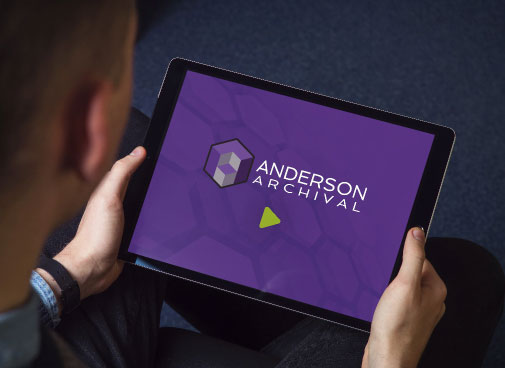Why It’s Crucial to Get Digitization Right the First Time

These days, it’s all digital! Preserving personal and public history like the items included in so many family collections through digitization not only ensures that some form survives into the future, but makes that history accessible, researchable, and shareable. From cherished photographs to invaluable documents, these materials tell your family’s unique story and safeguard your […]
Exploring the Contrast Between Physical and Digital Document Archiving
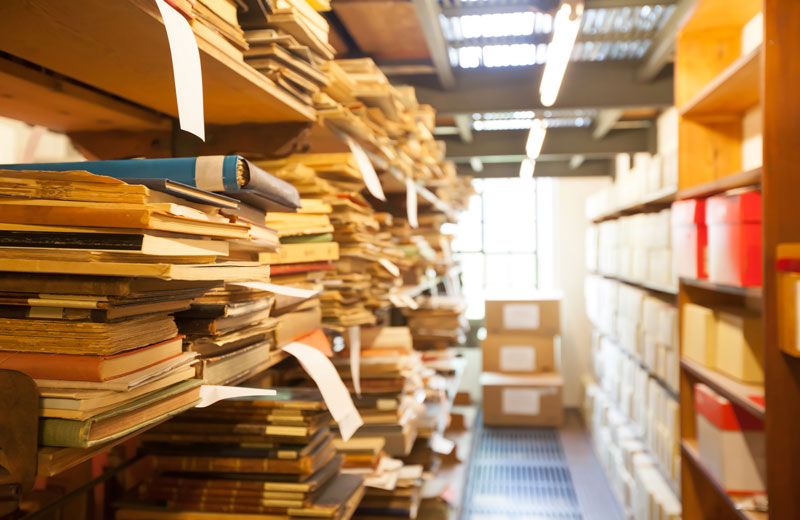
Archives are windows to the past. They can provide evidence, explanations, and context that help us understand past actions and inform the future. Archaeologists have uncovered archives composed of clay tablets that date back to the Bronze Age. These discoveries have been instrumental in the study of ancient languages, literature, and politics. The practice of […]
It’s Time to Archive All Your Documents Digitally
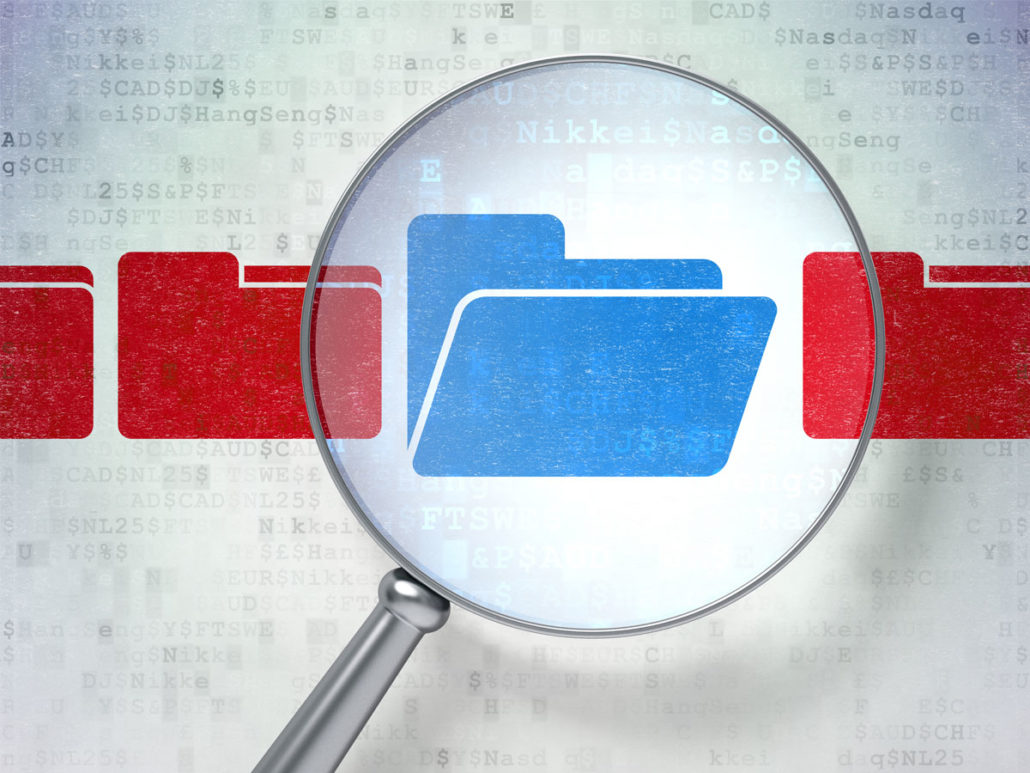
With the digital age making content and media more prevalent, the physical world of information and research has evolved in similar ways. While traditional document archiving will always be the established standard, there is no denying that digital document archiving is more necessary than ever. This new process has developed not to replace the traditional […]
Curated Clips: Sneaking a Peek at Our DT Versa
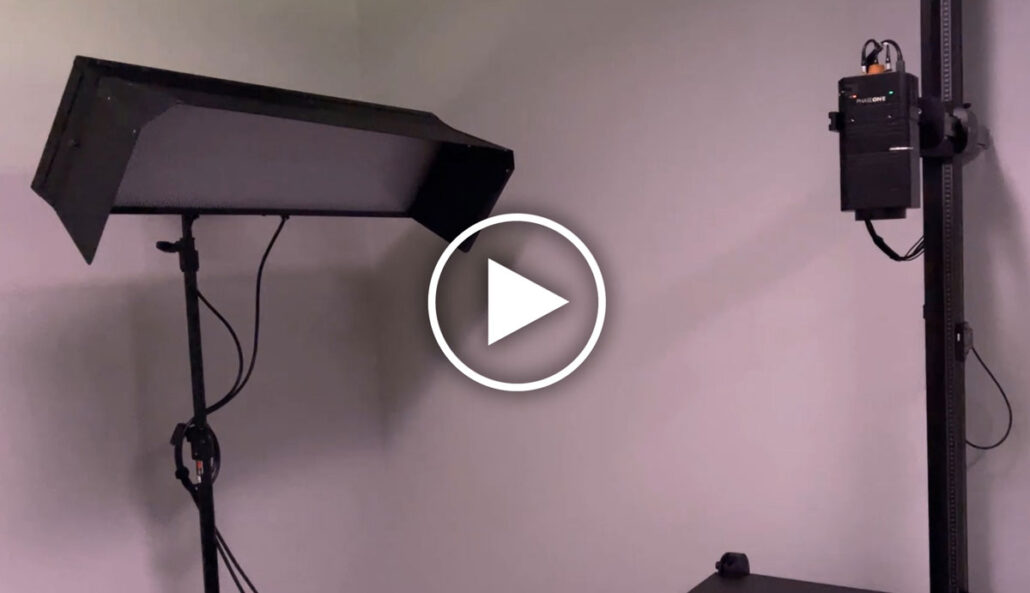
Mark and Amy Anderson take us on an after-hours tour of Anderson Archival’s new DT Versa wide-format scanner.
Having Trouble Digitizing Your Collection? Meet Your Solution!
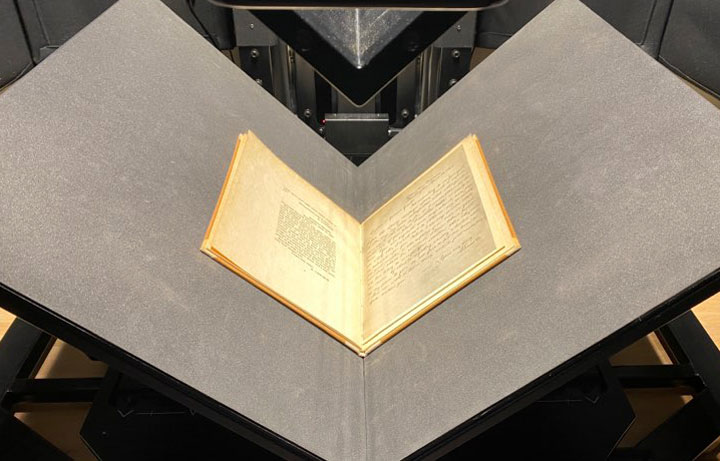
What does your historical collection look like? Perhaps you have a box of bound manuscripts you’d like preserved for future generations, or maybe you have a library full of historic publications and loose papers that need organizing before you can even think about what the next steps are. The histories humans choose to save and […]
Quotables: 9 Ways Going Digital Can Increase Your Business’s Value (Home Business Mag)
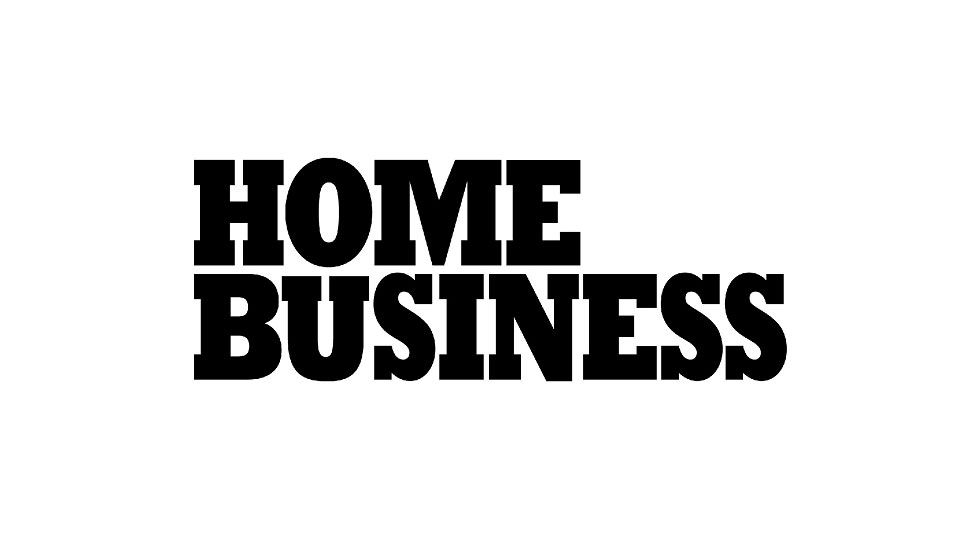
Farica Chang’s post in Home Business Mag outlines the benefits of digitizing a business. Through proper digital preservation techniques, your scanned documents can contain metadata tagging, optical character recognition (OCR), and other tools to make your data easily searchable by anyone in your company. Quick search and reliable digital provenance are a boon to all […]
Quotables: 5 Steps for Organizing Your Paperless Office (Young Upstarts)
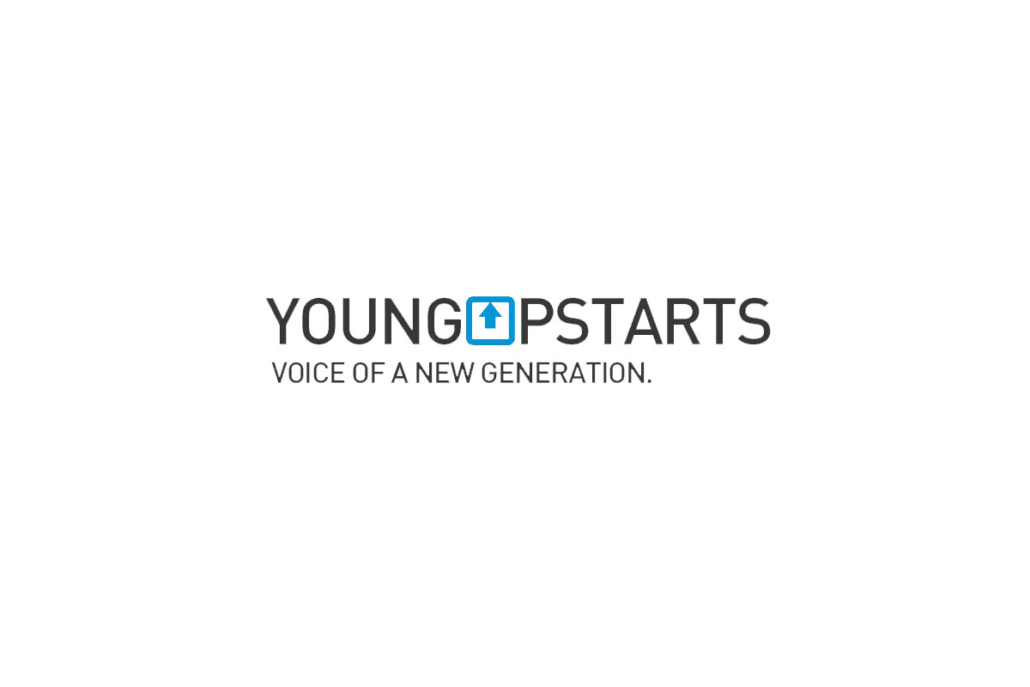
Principal Farica Chang’s guest blog for Young Upstarts stresses the importance of planning and security when moving to a paperless office—or starting an archival project. Some questions to help direct your planning stage are the following: What exactly do you want to digitize? Which physical copies will be shredded and what will be preserved? What […]
Learn: Scanning 411
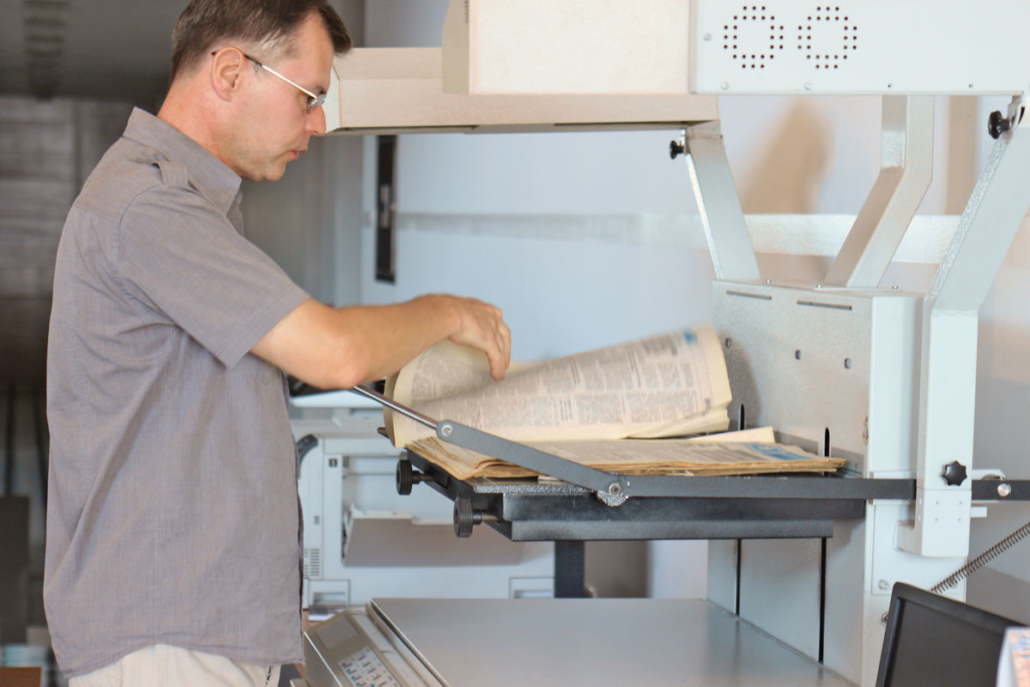
Learn all about scanning, backups, and what makes Anderson Archival’s approach different in our new scanning explainer. Scanning 411



